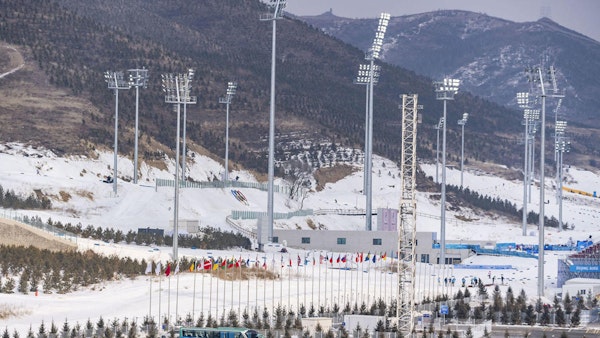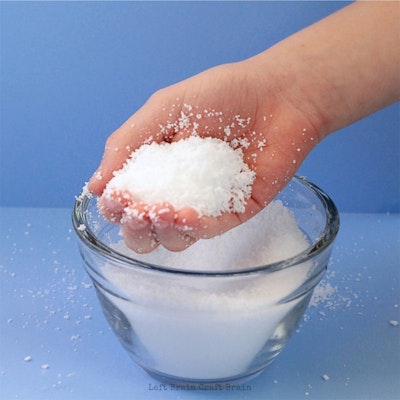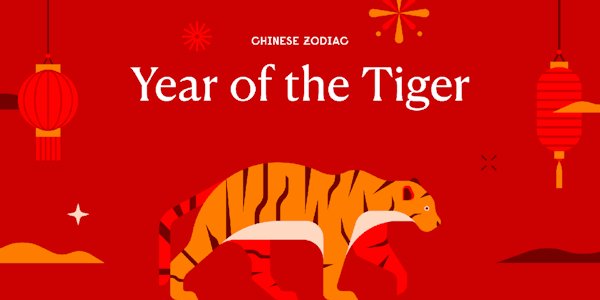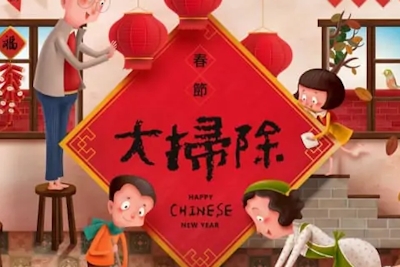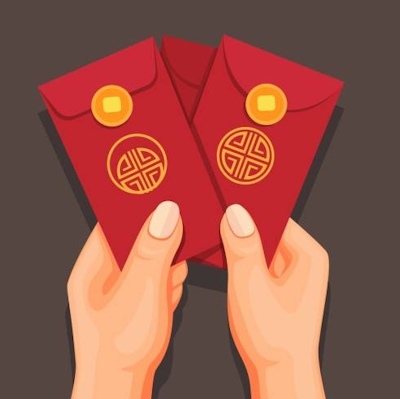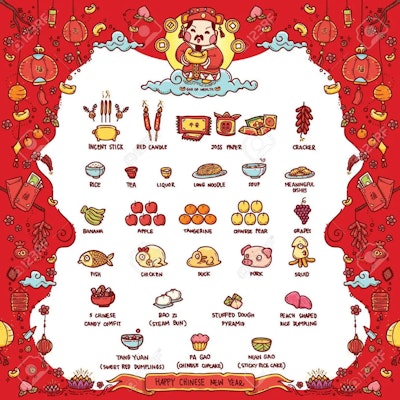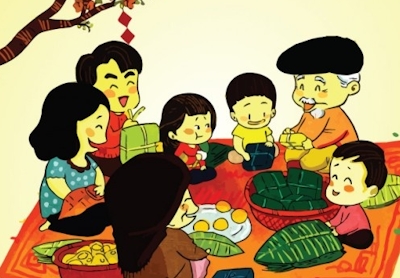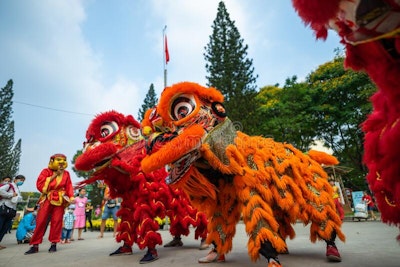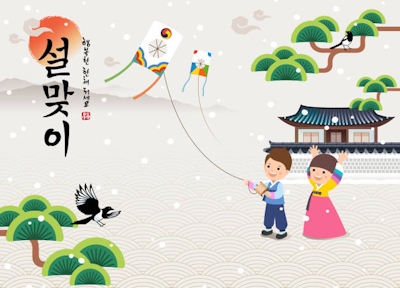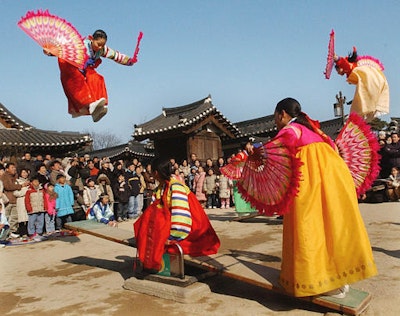PRISM, the SCISOC newsletter is back as uni starts again - we've missed you! In our very first newsletter of this year, we have released our event, the Back to the Future Camp - general release tickets release today so get yours quick! With the Winter Olympics ongoing, we explore the science behind fake snow that the Olympians are competing on in Beijing. Finally, for our Fun Corner, we delve into the traditions of Lunar New Year - Year of the Tiger! We hope you have a great start to uni! |
|
|
MathSoc x SCISOC: Industry Mentoring Program 2022 Want to hear more about your future career pathways?
Looking for advice from experienced industry experts and leaders?
Want to bond with like-minded students, whilst forging your own career?
If you answered 𝐘𝐄𝐒 to any of the above, or even if you just want some more insights into what your future could look like in the STEM industry, apply now to our 𝗦𝗧𝗘𝗠 𝗜𝗻𝗱𝘂𝘀𝘁𝗿𝘆 𝗠𝗲𝗻𝘁𝗼𝗿𝗶𝗻𝗴 𝗣𝗿𝗼𝗴𝗿𝗮𝗺!
——
Within our program, you’ll be paired with a mentor of your degree/major to guide you through a 9 week period. With weekly mentor check-ins, both developmental and social opportunities, as well as extra-curricular initiatives, you’ll be able to talk with industry experts, whilst also being able to meet countless like-minded individuals you can connect with throughout your time at university! 𝗔𝗣𝗣𝗟𝗬 𝗡𝗢𝗪! Sign up here. APPLICATIONS CLOSE 16TH February (TOMORROW) and are marked on a rolling basis with limited spots so sign up as soon as you can! Click 'GOING' on our Facebook Event page to find out more info! |
|
|
Fake Snow at the Winter Olympics When you think of the Winter Olympics you probably think of the snow mountains and athletes competing in cold climates and on the snow or ice. The Winter Olympics are typically held in places that have an average snowfall of 300 inches per year or more. However, this year’s Winter Olympics are held in Beijing and unfortunately, due to unforeseen water patterns, there is barely any snow surrounding the region. Thus, snow athletic events will compete on fake, human-made snow. But the question is what is the science behind fake snow and whether or not it does justice for snow athletes. |
|
|
How fake snow is made Although natural and artificial snow are both made from frozen water, they are formed through very different processes. When observed under a microscope, artificial snow looks like little pellets of ice, unlike natural snowflakes. Natural snow crystals are first formed with tiny droplets of water a few microns wide, forming around a nucleus like a speck of dirt in the air. Snowflakes require a longer time to grow as the crystal falls in through the air, as the nucleus absorbs water vapour from the air in order to create a perfectly symmetrical fractal. |
| |
|
Sliding on artificial snow
Artificial snow may resemble nature snow to the naked eye, most skiers and snowboarders are able to recognise that the two ‘feel’ very different.
Artificial snow often feels hard and icy as the tiny ice balls are packed together quite densely; some of them may not be frozen until they touch the ground. On the other hand, natural snow crystals are stacked very loosely, providing skiers and snowboarders a somewhat weightless feeling as they ski down. During the Olympics, racers prefer the dense, icy conditions made by artificial snow that enables them to slide at a faster pace and use their sharp edges to make powerful, tight turns. In some scenarios, liquid water is added to natural snow that ensures a durable, consistent surface for racers. However, icy, hard surfaces can lead to more injuries in the event of crashes, particularly for freestyles skiers and snowboarders who are sliding/jumping high above the ground. |
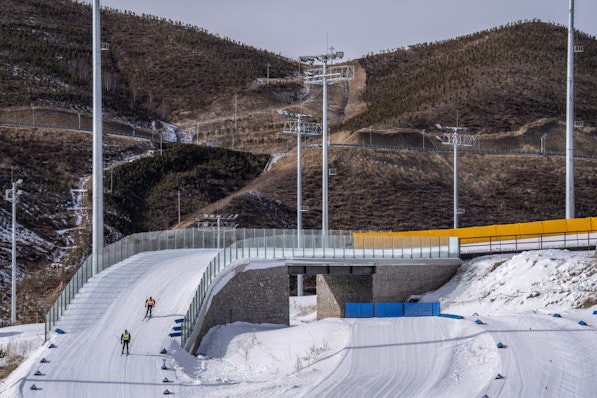 |
As a solution to the surrounding barren mountains of Beijing, fake snow becomes an effective and reliable surface for athletes to compete on. Thanks to advanced technology and scientific discoveries, athletes gain an advantage competing on fake snow due to its variety of properties that allow them to perform well. And in addition to this, we as the audience are able to enjoy the 2022 Winter Olympic Games held in Beijing. |
|
|
As the story goes, when the Jade Emperor inadvertently sent the animals on a race, the Tiger came in at 3rd, and thus, if you were born in any of the following years: 1926, 1938, 1950, 1962, 1974, 1986, 1998, 2010, and 2022, the Tiger is probably your animal zodiac! It may differ depending on where your birthday falls in the lunar calendar (you can check here!), but there is also an element that corresponds to each cycle. 2022 is the year of the Water Tiger, the first since 1962, and those born in this year are believed to be devoted to their family and loved ones, prone to developing strong bonds with other individuals in their lives. While it is a time to celebrate, whether you’re turning 12, 24, or 96, it also comes with a whole slew of obstacles to look out for. While love may be on the horizon, those turning 24 or 36 should be diligent with maintaining the relationships they have now. Career opportunities will be on a rise but they must be sure to stay humble throughout the year, and finally, Tigers should make wise monetary decisions… or at least try their best to. We’re all rooting for you! Here are some of the ways that Lunar New Year is celebrated across the world: |
|
|
| China The Lunar New Year or Spring Festival, is the most important festival in China which formerly was used to honor deities and ancestors, is now mainly a time to feast and visit family members. Some of the more common traditional customs performed during this time include: - Cleaning and decorating houses with red objects: the cleaning of homes symbolizes sweeping away the bad luck of the previous year to make way for them to receive good luck. It must occur the day before Chinese New Year so as to not sweep away the good luck either.
- Offering sacrifices to ancestors: Many families visit their ancestors’ graves on the day before Chinese New Year’s to offer sacrifices before the reunion dinner. They also may visit temples to pray to deities and provide offerings in exchange for good luck in the new year.
Exchanging red envelopes and other gifts: Red envelopes called ‘hong bao’ in Mandarin, ‘lai see’ in Cantonese, or ‘ang bao’ in other Chinese dialects are given to children during the New Year. They are also referred to as ‘ya sui qian’, which in Mandarin, means suppressing [the demon] money so those who receive it are wished a safe and peaceful year. Traditional food and food traditions: These include eating dumplings and longevity noodles to name a few, as well as a ‘prosperity toss salad’, in which the aim is to toss higher each time, while wishing each other good fortune for the year.
|
|
|
Vietnam Vietnamese New Year, also known as the Tet festival is also the most important festival in Vietnamese culture and begins on February 1st, spanning 5-7 days. It celebrates the beginning of a new year and the coming of spring. Vietnamese culture celebrates tet in two stages: - Before Tet Like in Chinese tradition, families will sweep and clean their homes to represent the cleaning of bad luck from the previous year. The Vietnamese believe that the spirits of deceased family members will visit the living ones during Tet so they clean their family shrines and burn incense as well as providing offerings of flowers and fruit. - During Tet Children will receive red envelopes from their older relatives. Celebrations involve people using firecrackers, drums, bells, and gongs in the streets to ward off evil spirits and welcome the new year. This also involves a parade that has lion dancing and people wearing masks. After these parades, families come together to feast on traditional Vietnamese dishes like Banh Chung which is tightly wrapped sticky rick containing meat filling only eaten during tet. |
| |
|
| South Korea Referred to as ‘Seollal’ in Korean, Lunar New Year is spent in a similar fashion to China and Vietnam. It spans over three days, from the Eve to the day after the New Year. - Red packets and games: Red packets are given to children after they perform a deep traditional bow to their elders, and games are played during the three-day festivities. Such traditional games include Yutnori, which is a board dice game with four wooden sticks, as well as Go-Stop, which is a Korean card game using a 48-card Hwatu deck.
- Traditional food and dress: When visiting their families, Koreans will dress in hanboks, which is traditional Korean dress, worn for other important occasions such as weddings. Popular food made and served include tteokguk, a rice cake soup, which according to the Korean age reckoning, signifies the individual aging one more year (alongside their birthday later in the year) as well as jeon (also called buchimgae), which are Korean savoury pancakes.
|
|
|
UNSW Science Society is proud to announce our continued partnership with GradReady through 2022. GradReady provides GAMSAT Preparation courses for anyone looking to pursue Medicine after they graduate.
This process starts earlier than you think, so if you’re studying medical science or just have that passion, check out what they have to offer! |
|
|
| |





